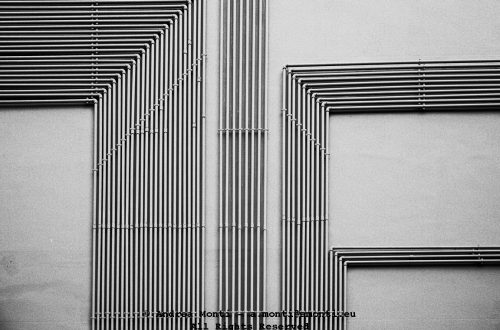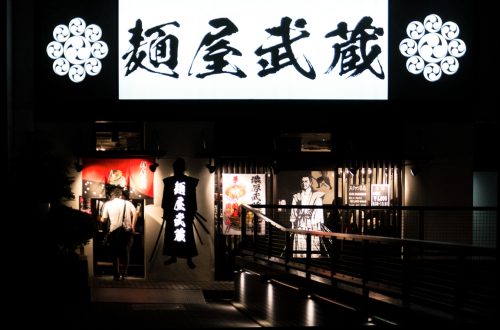
Full Moon
Photographing the moon is a deceptively simple task — at least until you try it. What I wanted was the cold, silvery sharpness of our nearest celestial neighbour, etched against a black void. What I ended up with was something quite different, but not without merit: a moody study of the moon as seen through a gauzy veil of fast-moving clouds.
The composition is almost entirely dictated by nature. The moon sits dead-centre, surrounded by concentric ripples of light refracted through water vapour. The clouds swirl and twist in soft greys, catching the pale light and turning it into a painterly texture. In the very heart, there’s a thin halo tinged faintly with orange and blue — an atmospheric corona caused by diffraction.
Technically, this is where the compromises show. Shot handheld at night, the high ISO pushes noise into the frame, especially in the darker areas, softening the details of the clouds. The exposure is tricky: too short and you lose the delicate textures; too long and the moon blows out into a white disc. Here, the core is indeed overexposed, losing all surface detail, but that almost works in favour of the dreamlike mood. The colour rendition leans slightly towards a cool cyan, which amplifies the nocturnal feel.
It’s not an astronomer’s moon — no craters, no sharp relief — but as a study of atmosphere and impermanence, it works. It’s the sort of image that feels truer to how we perceive the moon when we glance up unexpectedly, catching it between drifting clouds, rather than when we peer at it through a telescope.
This is, perhaps, less a lunar portrait and more a quiet conversation between light and vapour.




